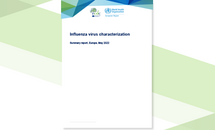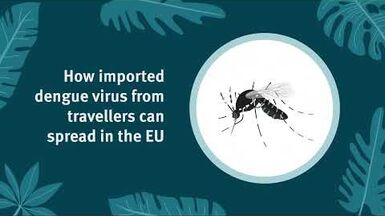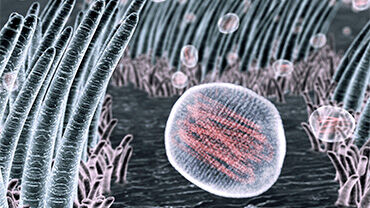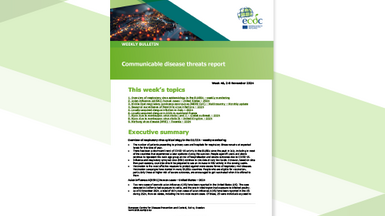Influenza virus characterisation, March 2020
This is the fifth report for the 2019 2019–20 influenza season.
Executive Summary
As of week 13/2020, 160 614 influenza detections across the WHO Europ ean Region ha have been reported; 73 % type A viruses, with A(H1N1 H1N1)pdm09 prevailing over A(H3N2) H3N2), and 27 % type B viruses, with 4 358 (98%) of 4 44 445 ascribed to a lineage being B/Victoria.
Since the February 20 2020 characterisation report report1, three shipments of influenza influenza-positive specimens from EU/EEA countries have been received at the London WHO CC, the Francis Crick Worldwide Influenza Centre (WIC). In total, 1 076 virus specimens, with collectio n dates after 31 August 2019 , have been received.
Of 86 A(H1N1)pdm09 test viruses from EU/EEA countries characterised antigenically since the last report, 78 (91 %) showed good reactivity with antiserum raised against the 20192019–20 va ccine virus, A/Brisbane/02/2018, with those viruses showing poor reactivity generally carrying amino acid substitutions (notably N156K) in the HA1 150 150-loop region. The 219 EU/EEA test viruses with collection dates from week 40/2019 genetically characterised at the WIC have fallen within subclades of clade 6B.1A: 191 6B.1A5A, 20 6B.1A5B, 1 6B.1A6 and 7 6B.1A7.
Since the last report, 55 A(H3N2) viruses have been characterised . T he majority of those viruse viruses showed reduced recognition by antiserum raised against the current vaccine virus, egg egg-propagated A/Kansas/14/2017 2017. Globally there have been approximately equal proportions of clade 3C.3a and subgroups 3C.2a1b+T131K and 3C.2a1b+T135K viruses detected. However, b ased on sequences available in GISAID from viruses detected since 1 February 2020 2020, subgroups 3c.2a1b+T135KA/B are prevalent in the USA while those of clade 3C.3a and subgroup 3C.2a1b+T131K dominate in Europe. In total, 295 viruses from EU/EEA countries have been characte characterised genetically at the WIC: 142 clade 3 C.3a, 106 3C.2a1b+T131K, 35 3C.2a1b+T135K T135K-A and 12 3C.2a1b+T135K T135K-B.
The great majority of the 62 B/Vi ctoriactoria-lineage viruses characterised in th is reporting period gave antigenic profiles characteris tic of subgroup 1A(Δ3)B viruses represented by B/Wa shington/02/2019 2019, the vaccine virus for the 2020 –21 northern hemisphere season. Viruses detected in EU/EEA countries during February and March 2020, based on sequences available in GISAID, have all fallen in the 1A(Δ3)B subgroup . In total, 172 EU/EEA viruses have been characterised genetically at the WIC: 159 subgroup 1A(Δ3)B and 13 subclade 1A(Δ2) Δ2).
Download







